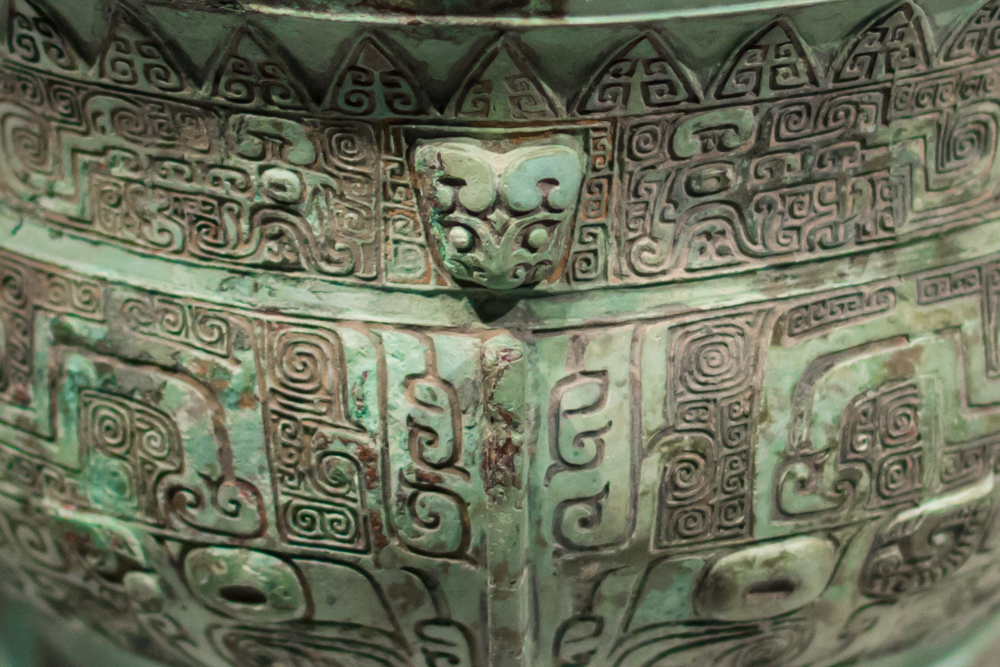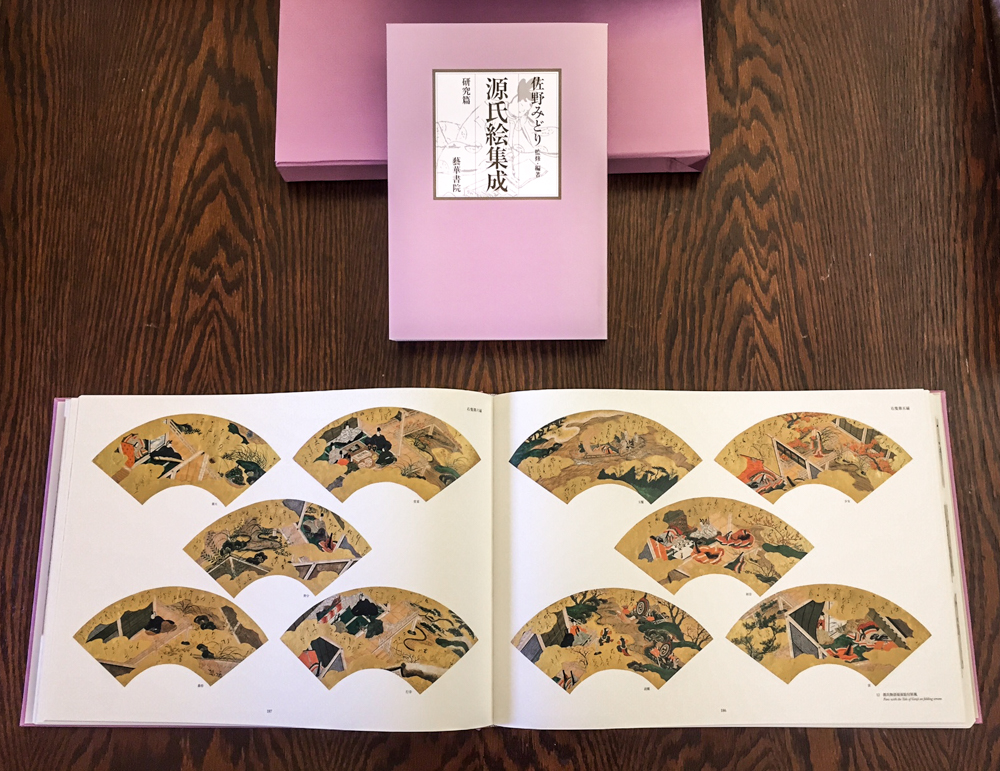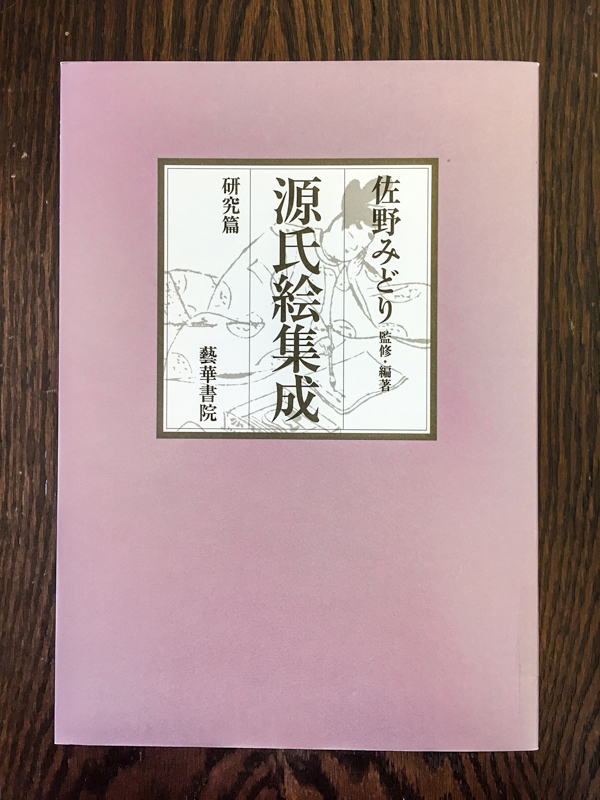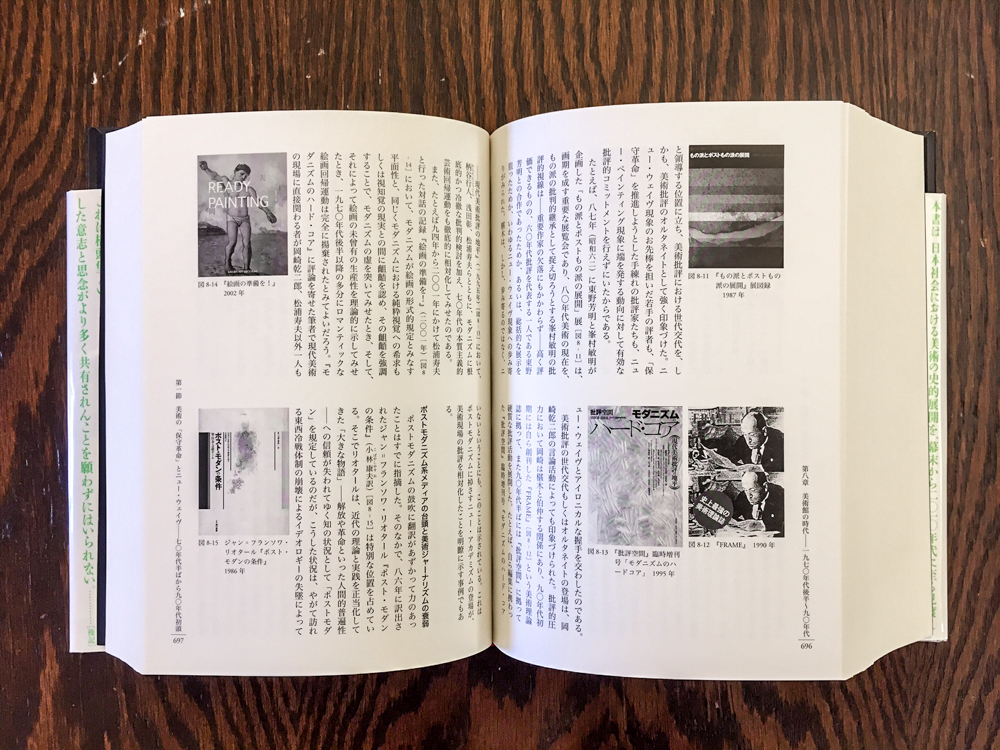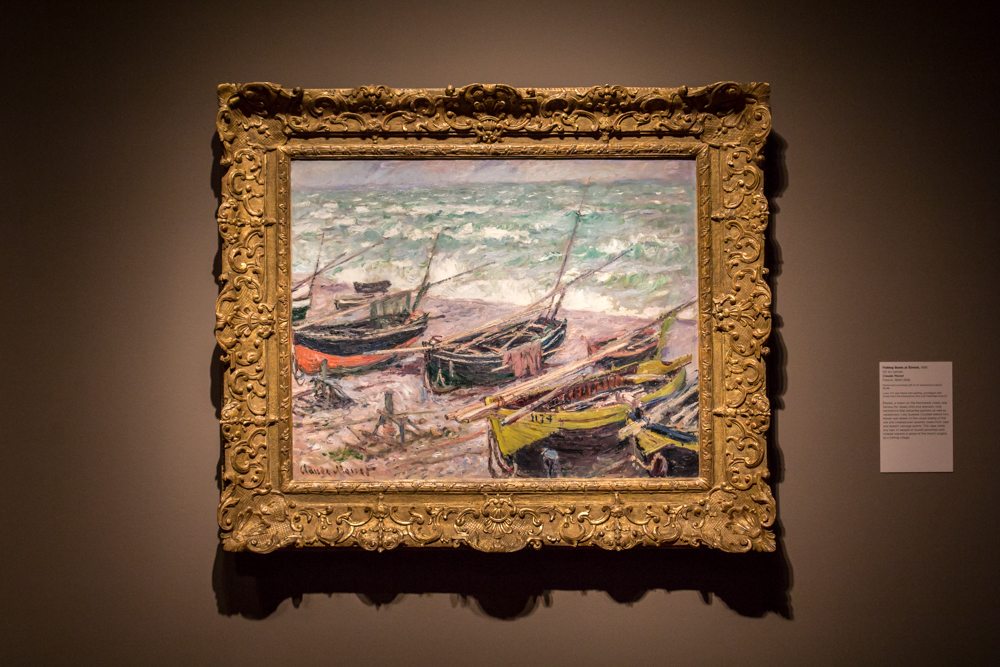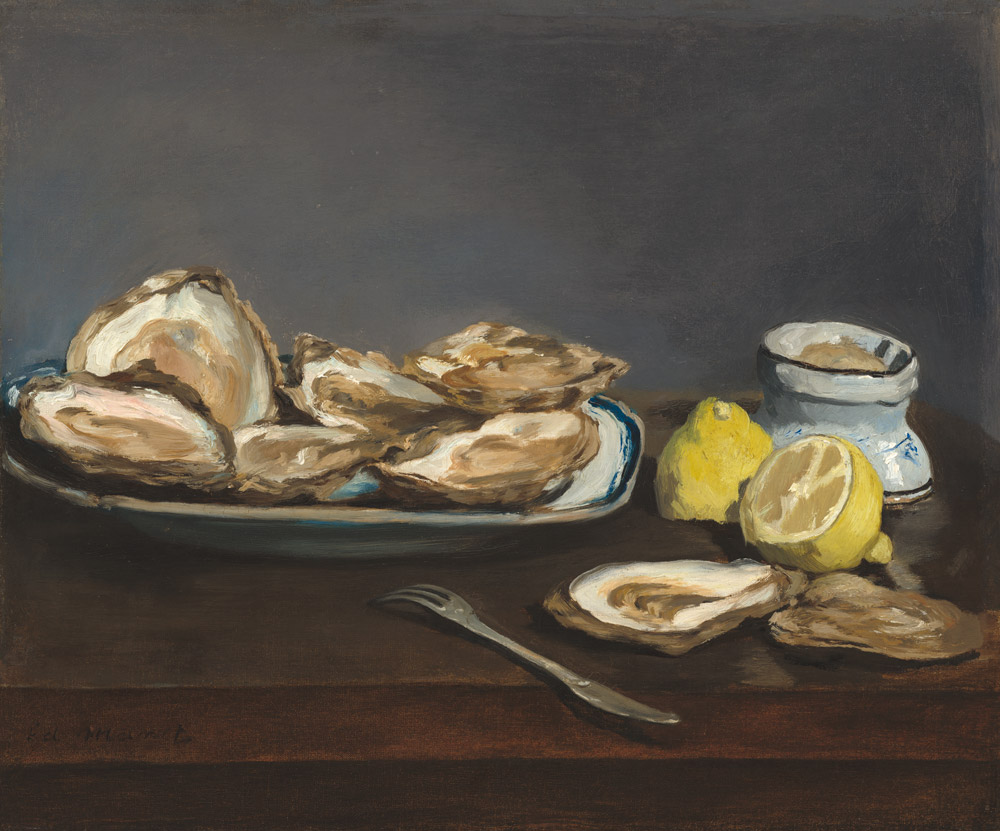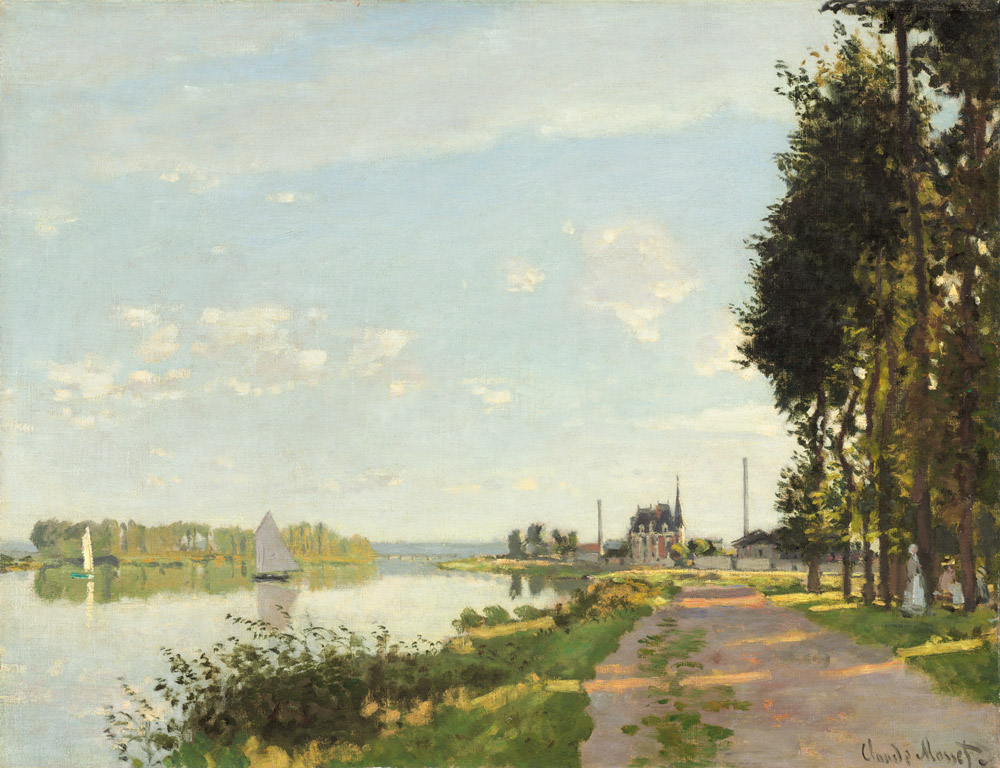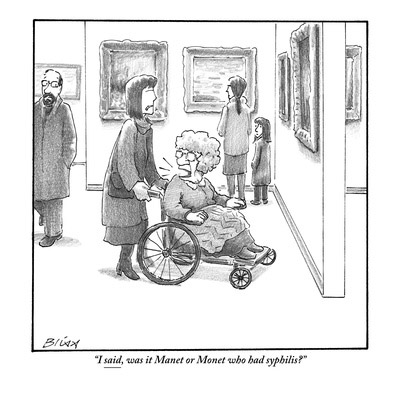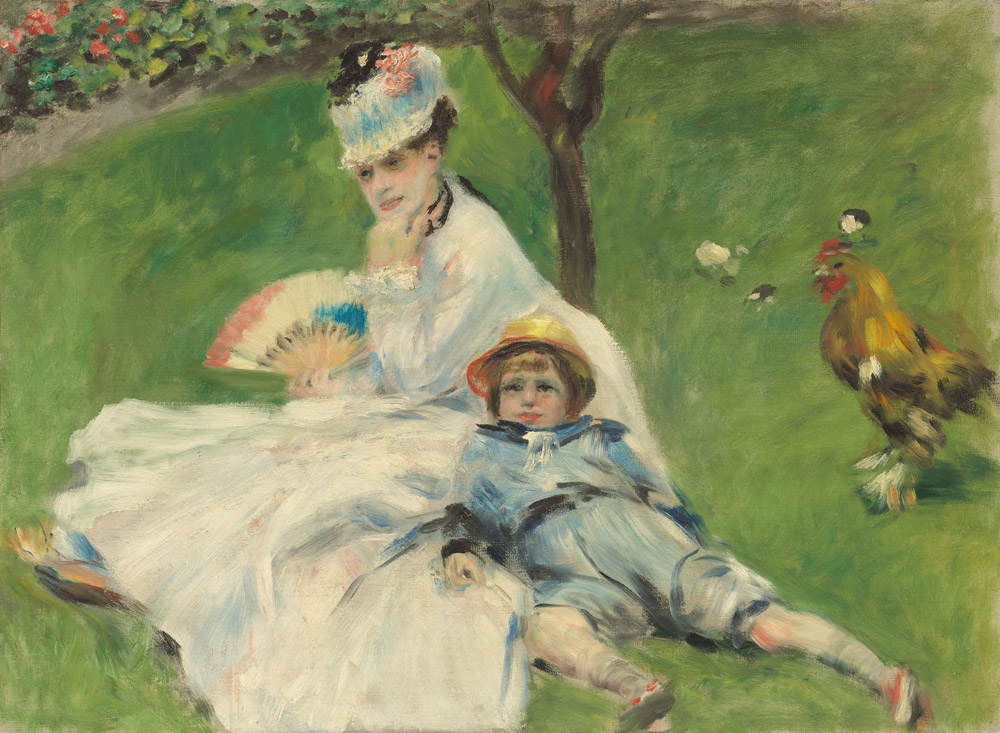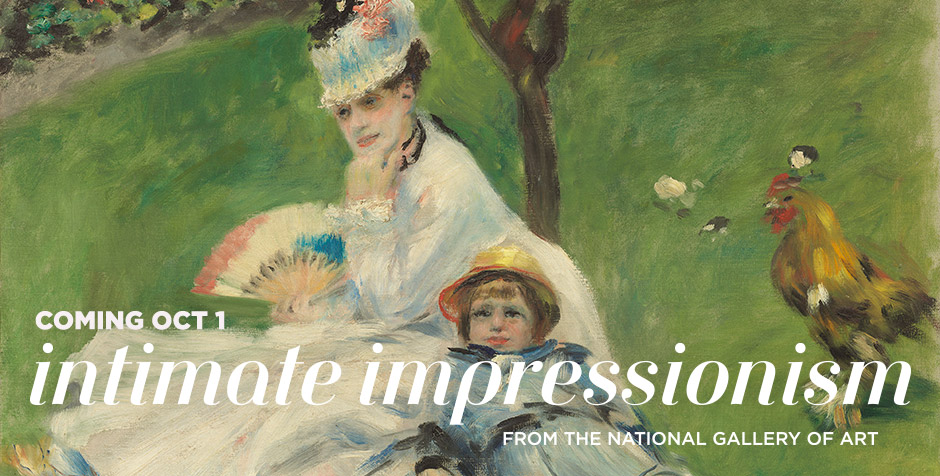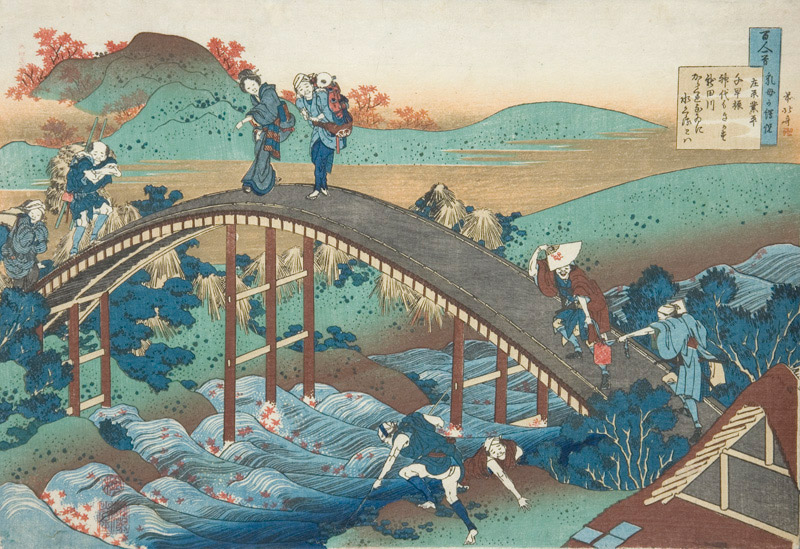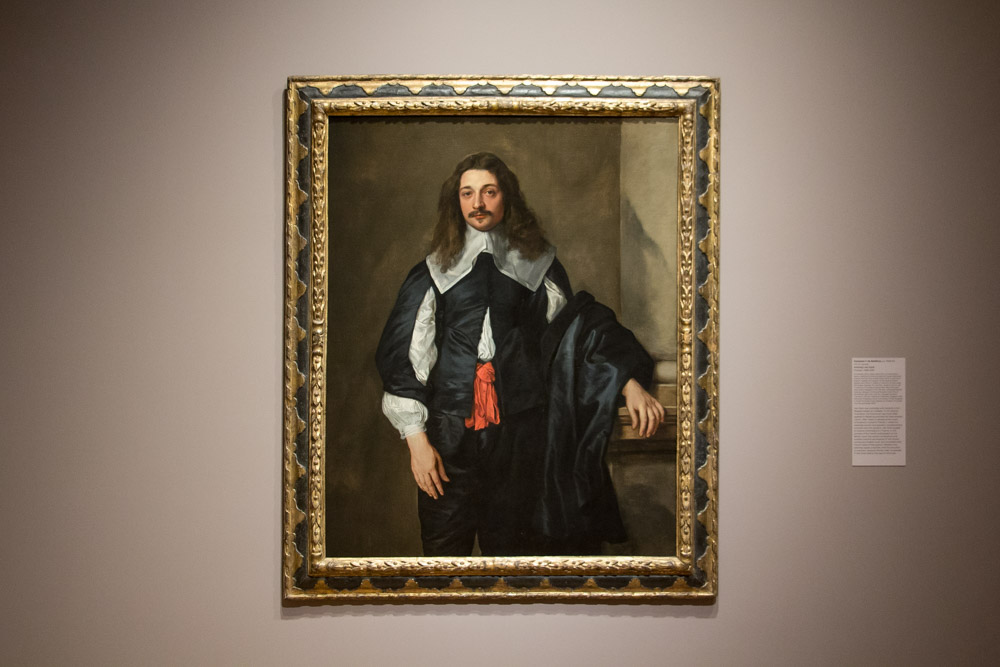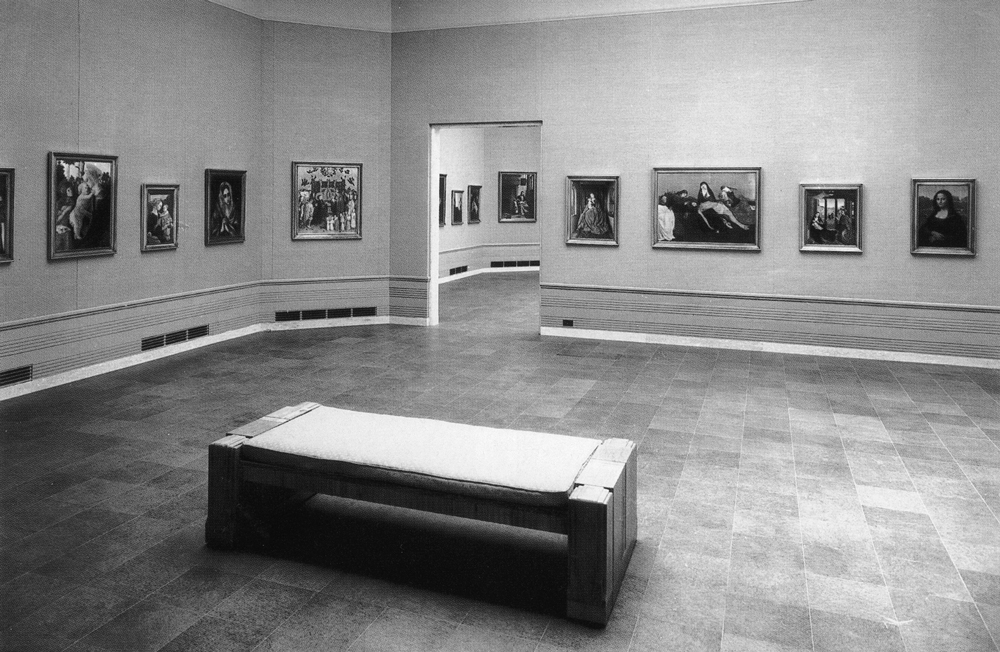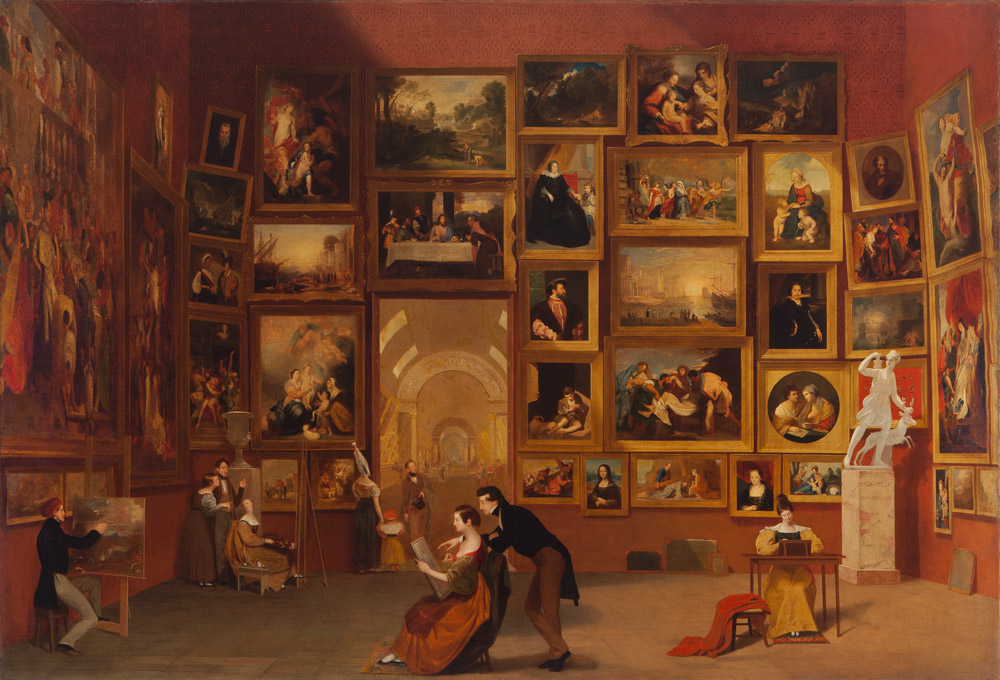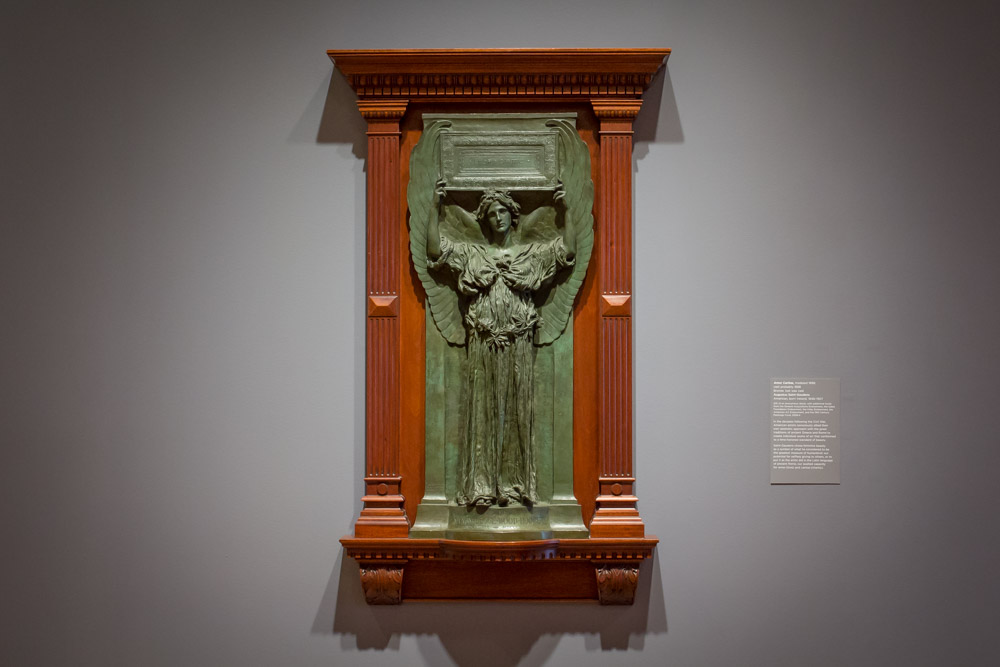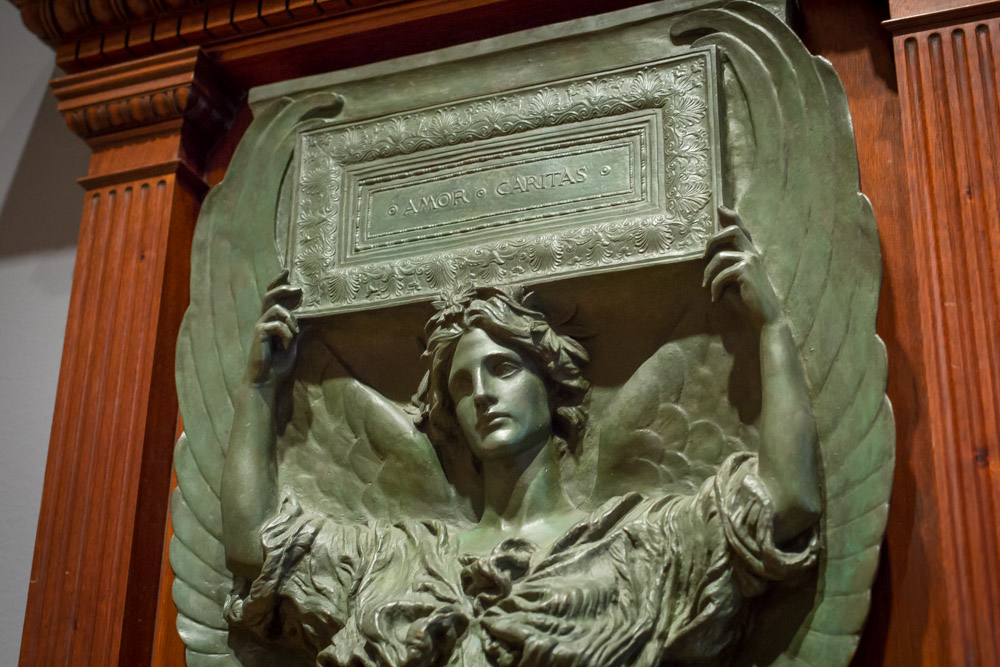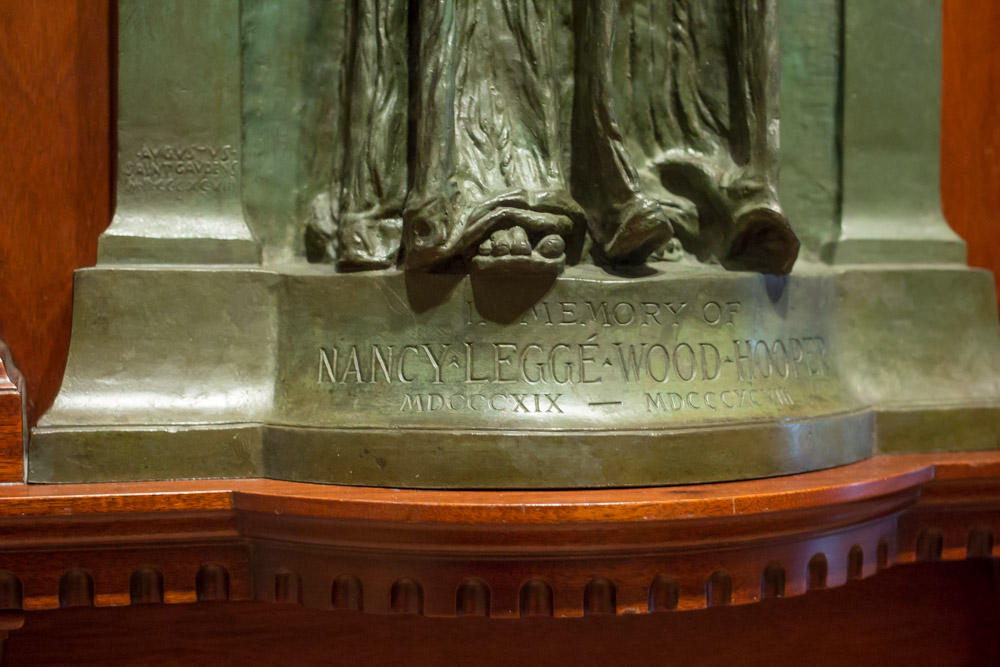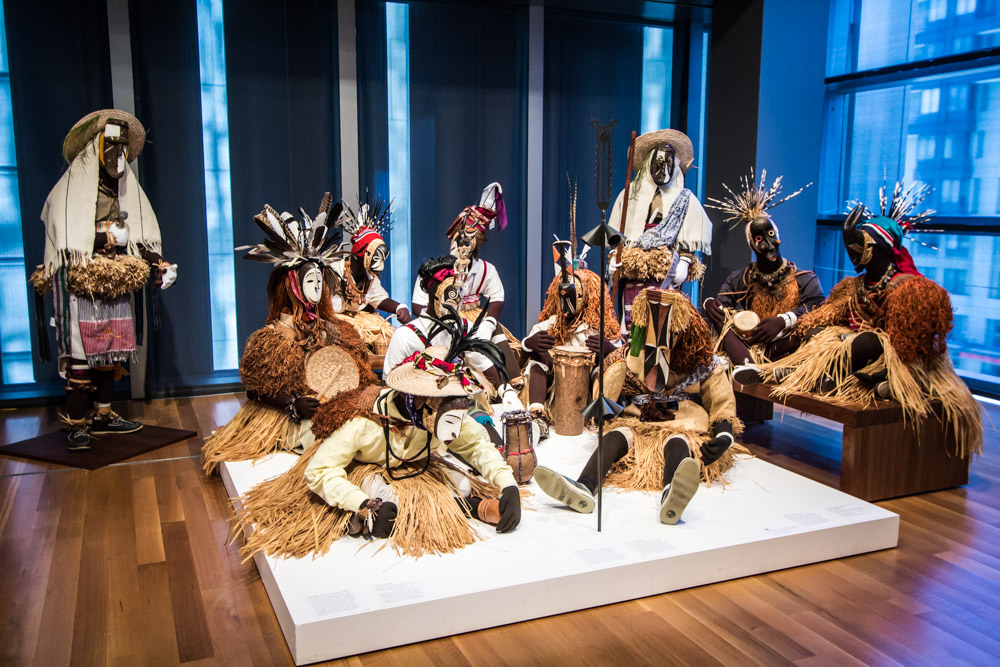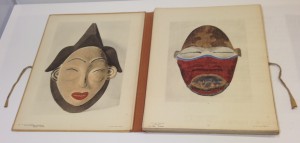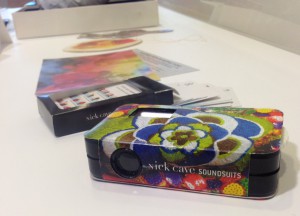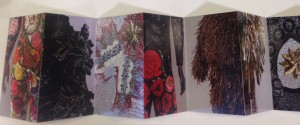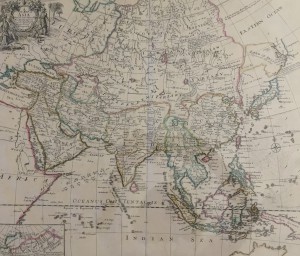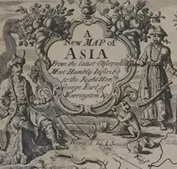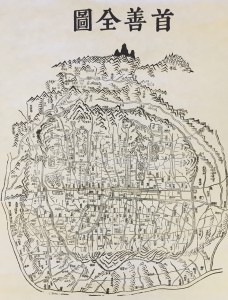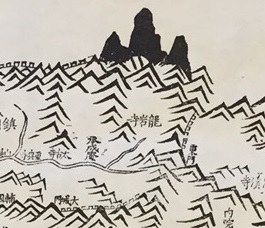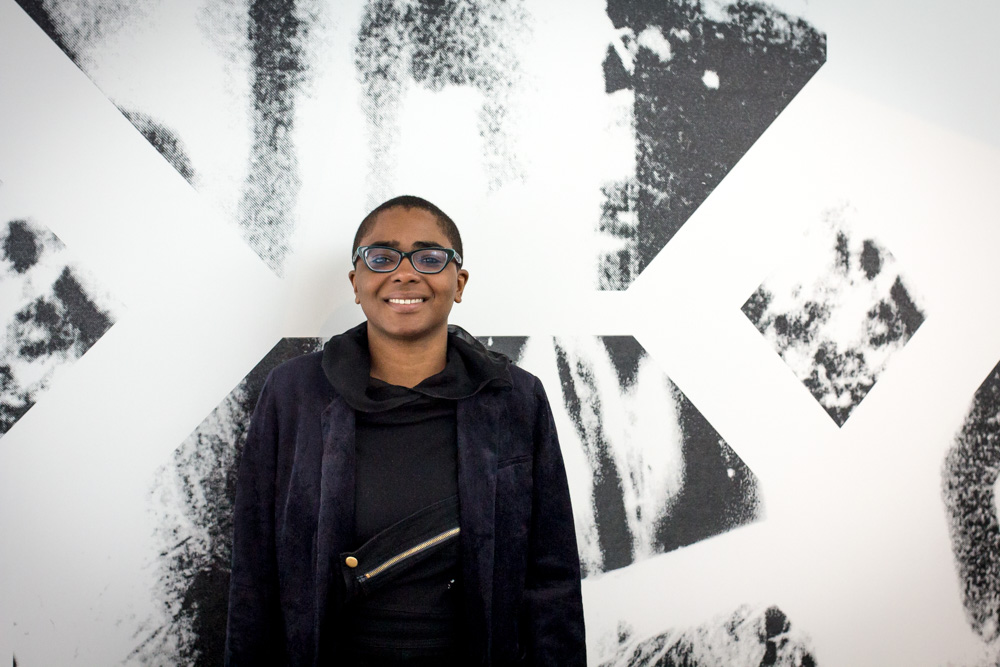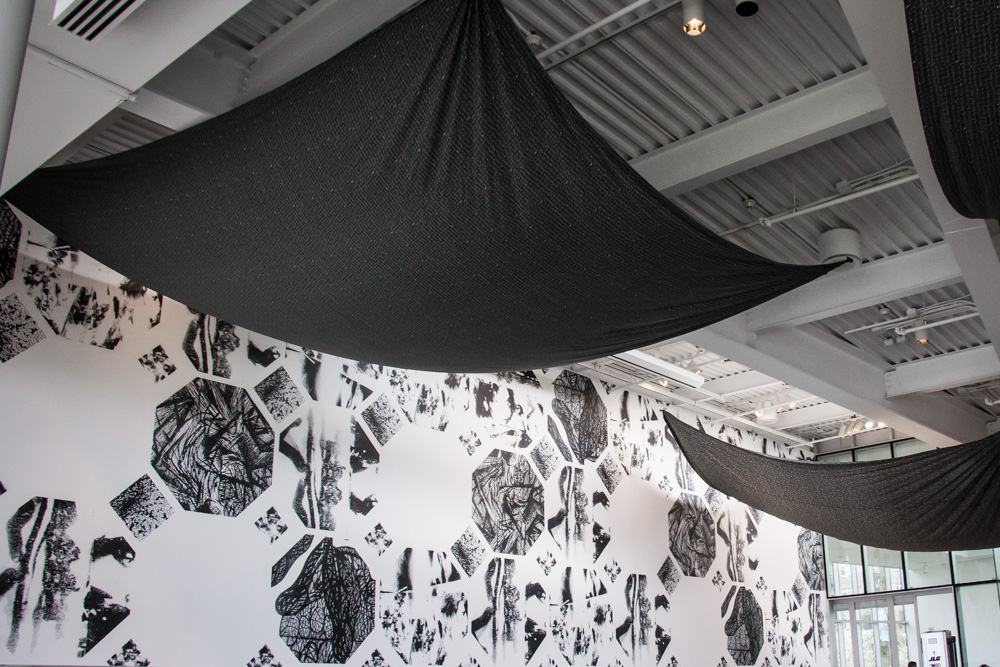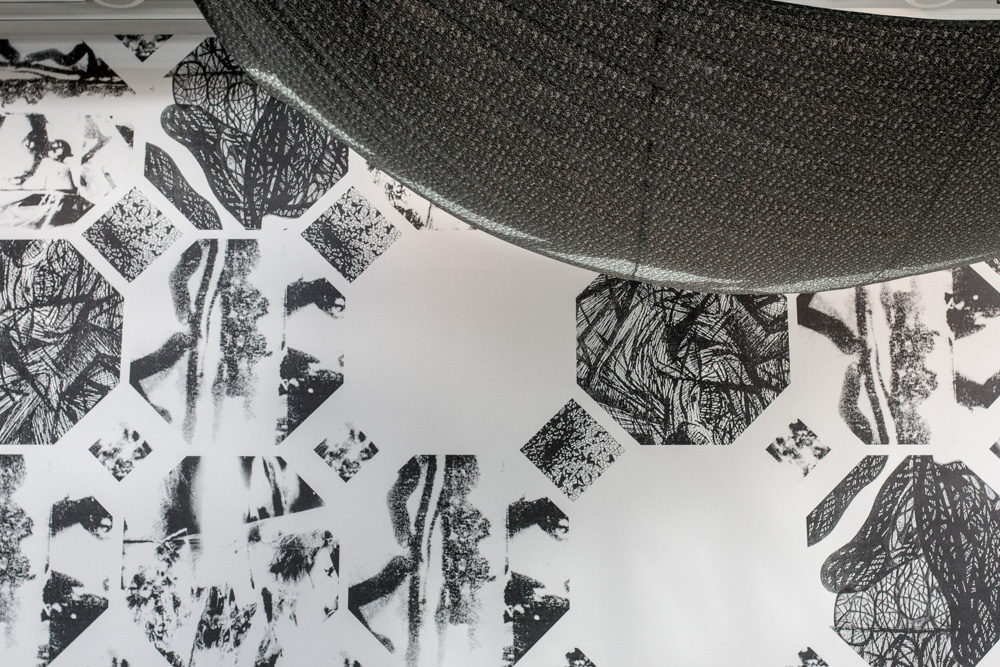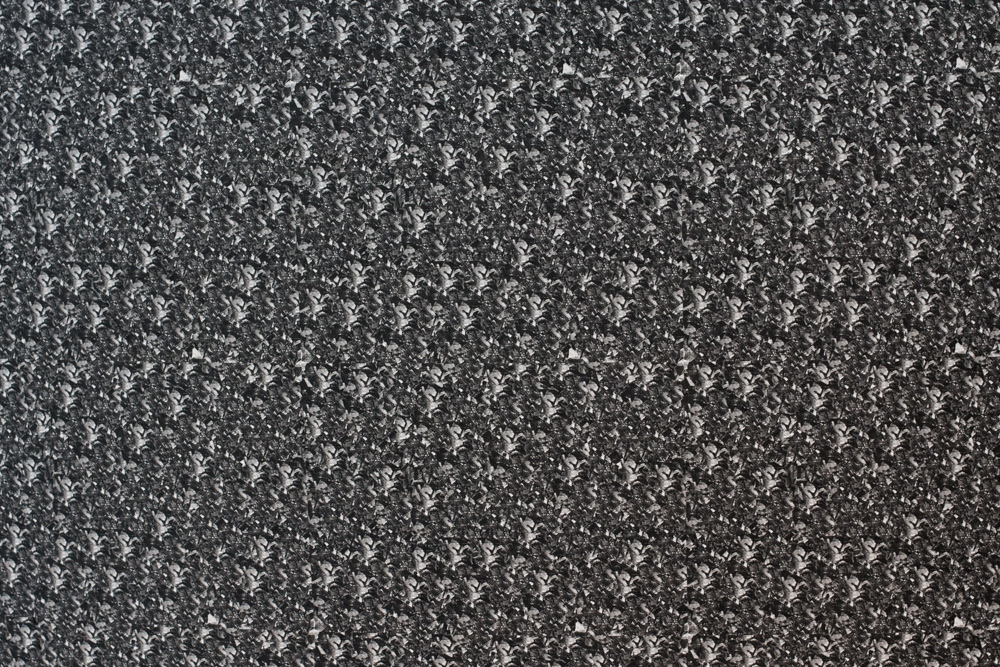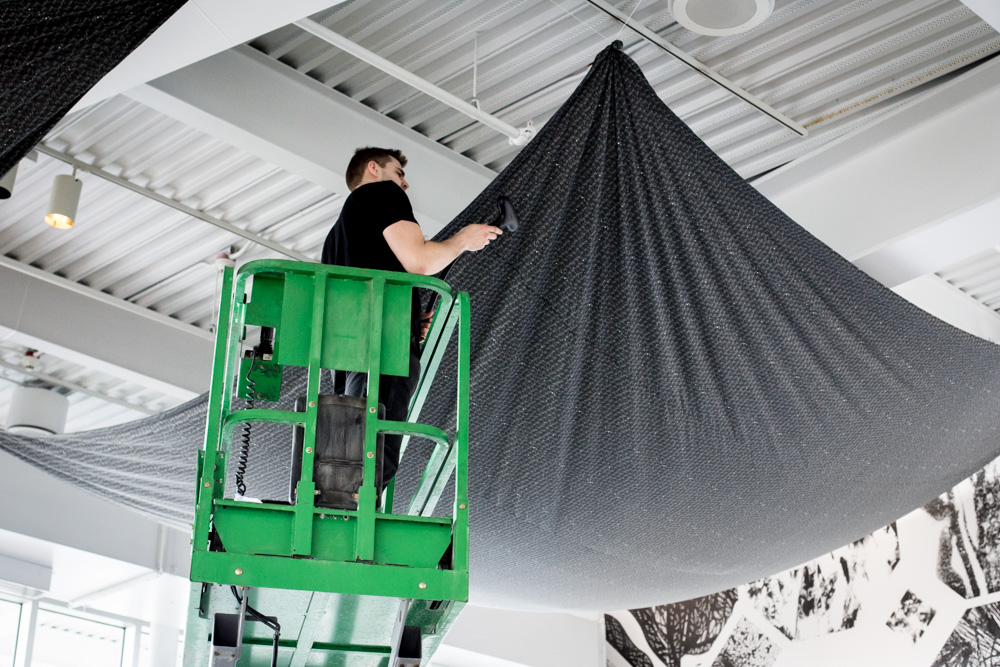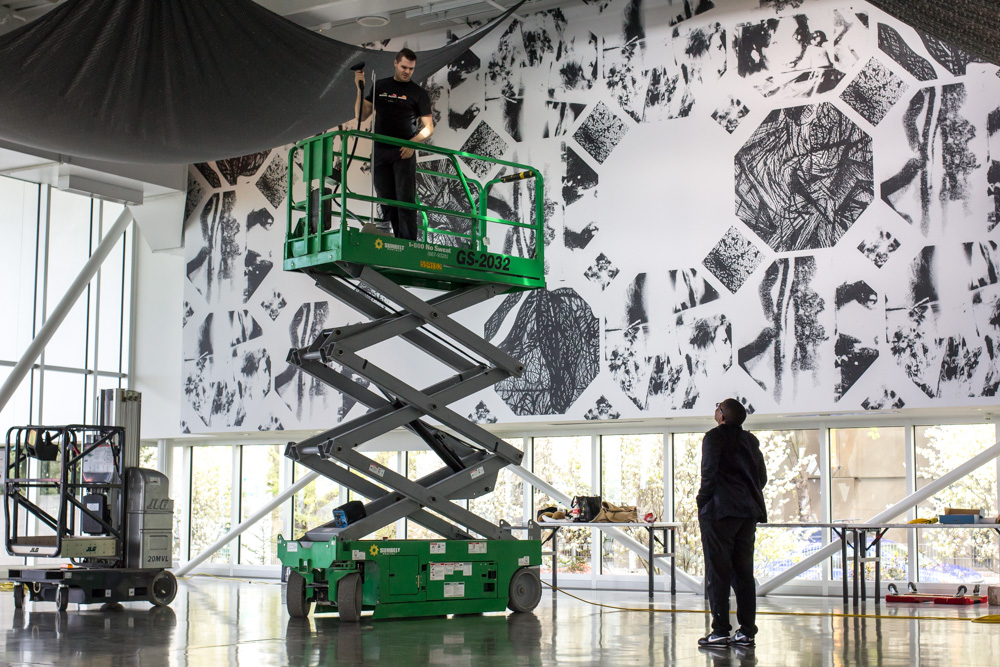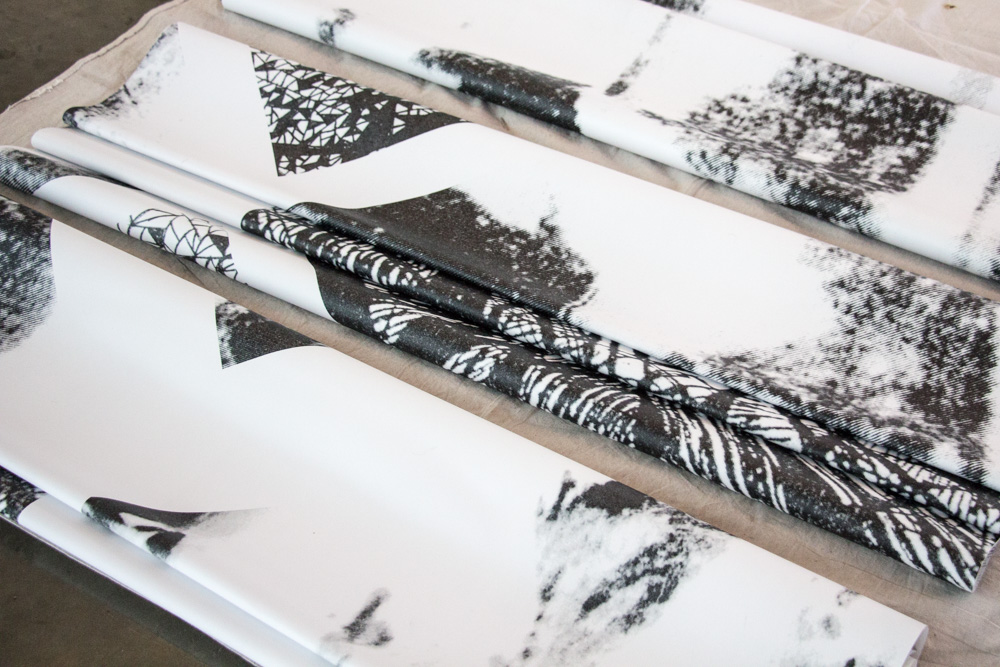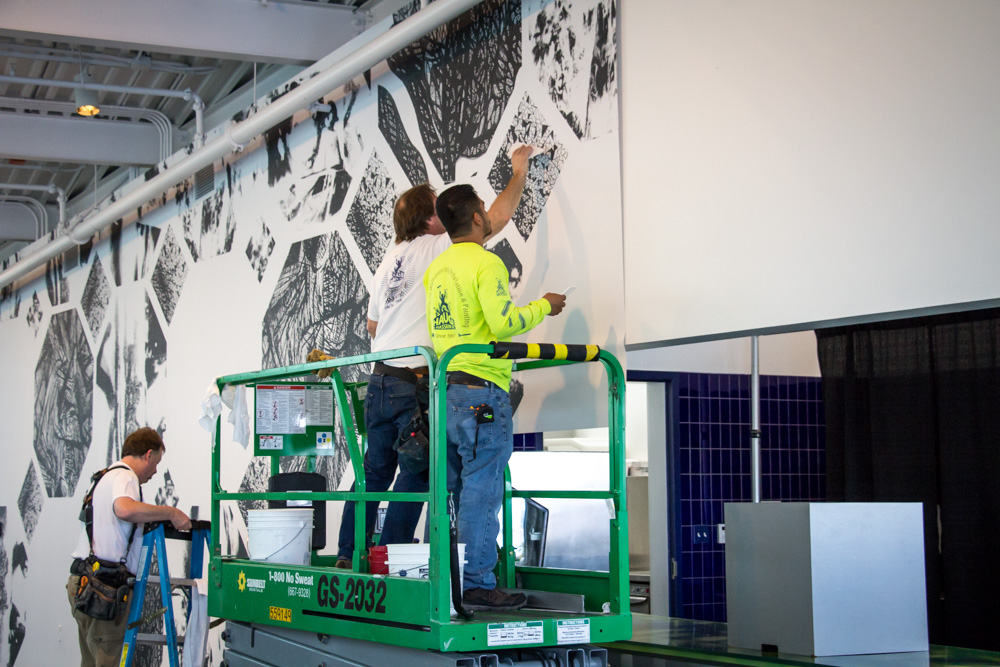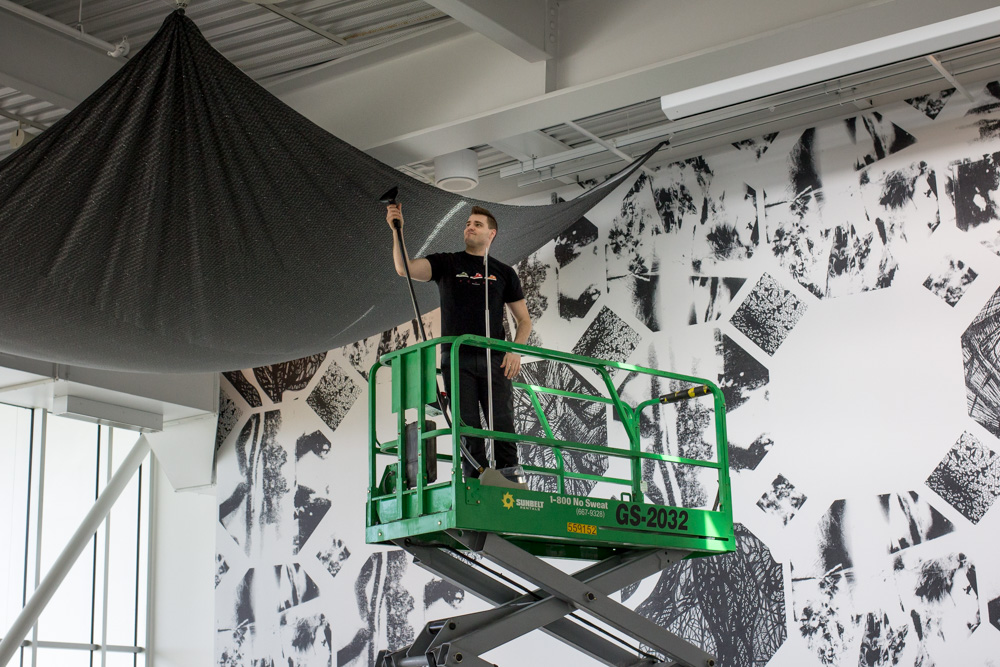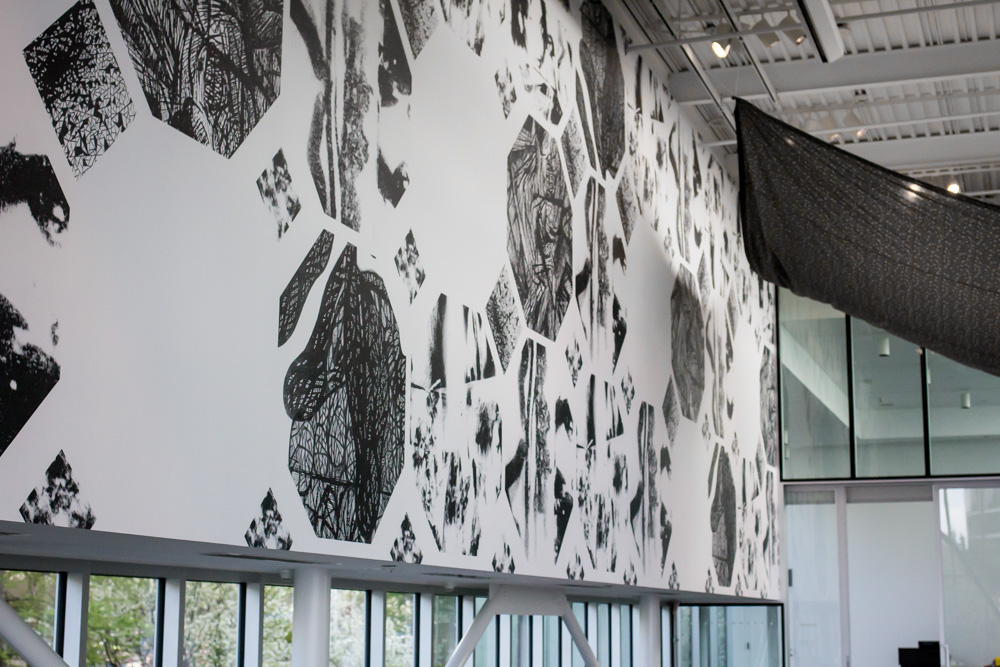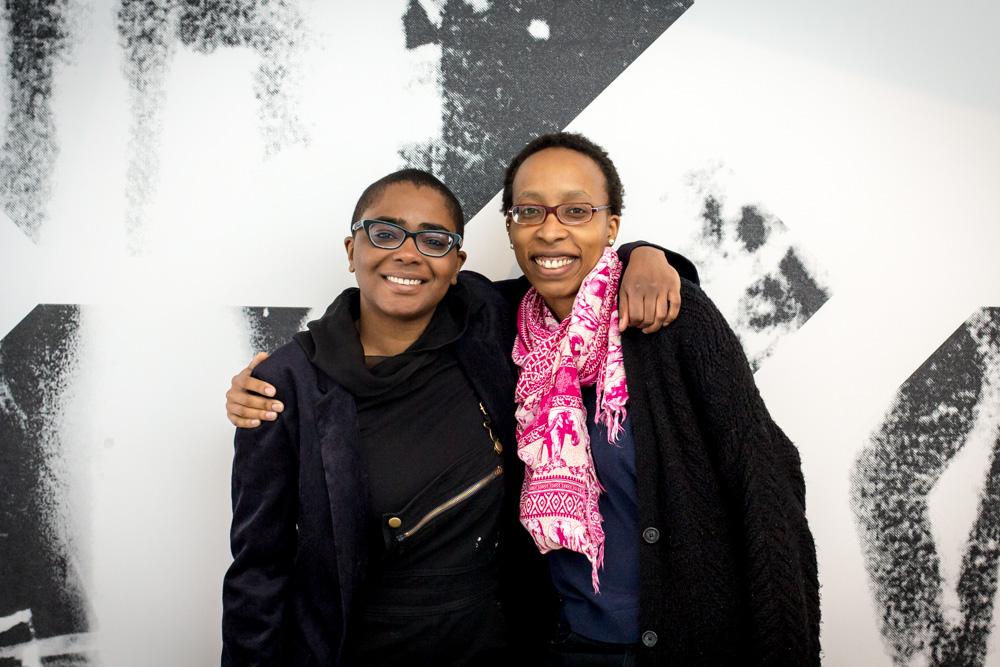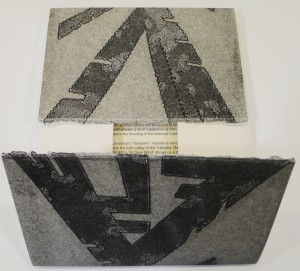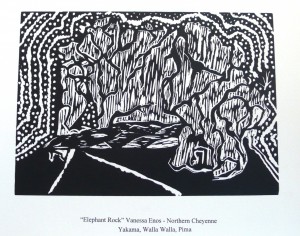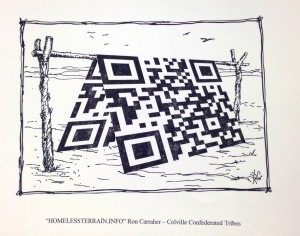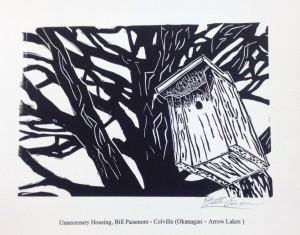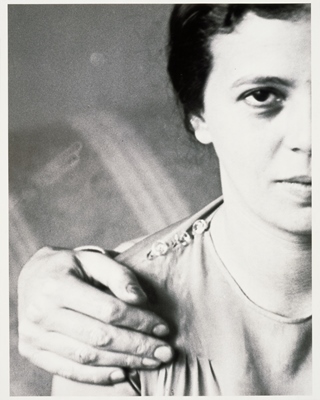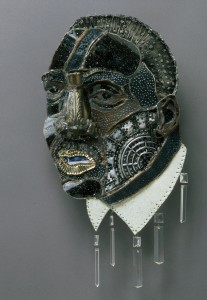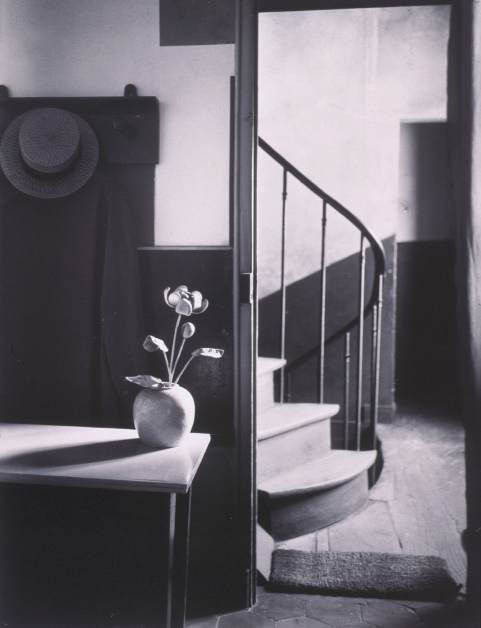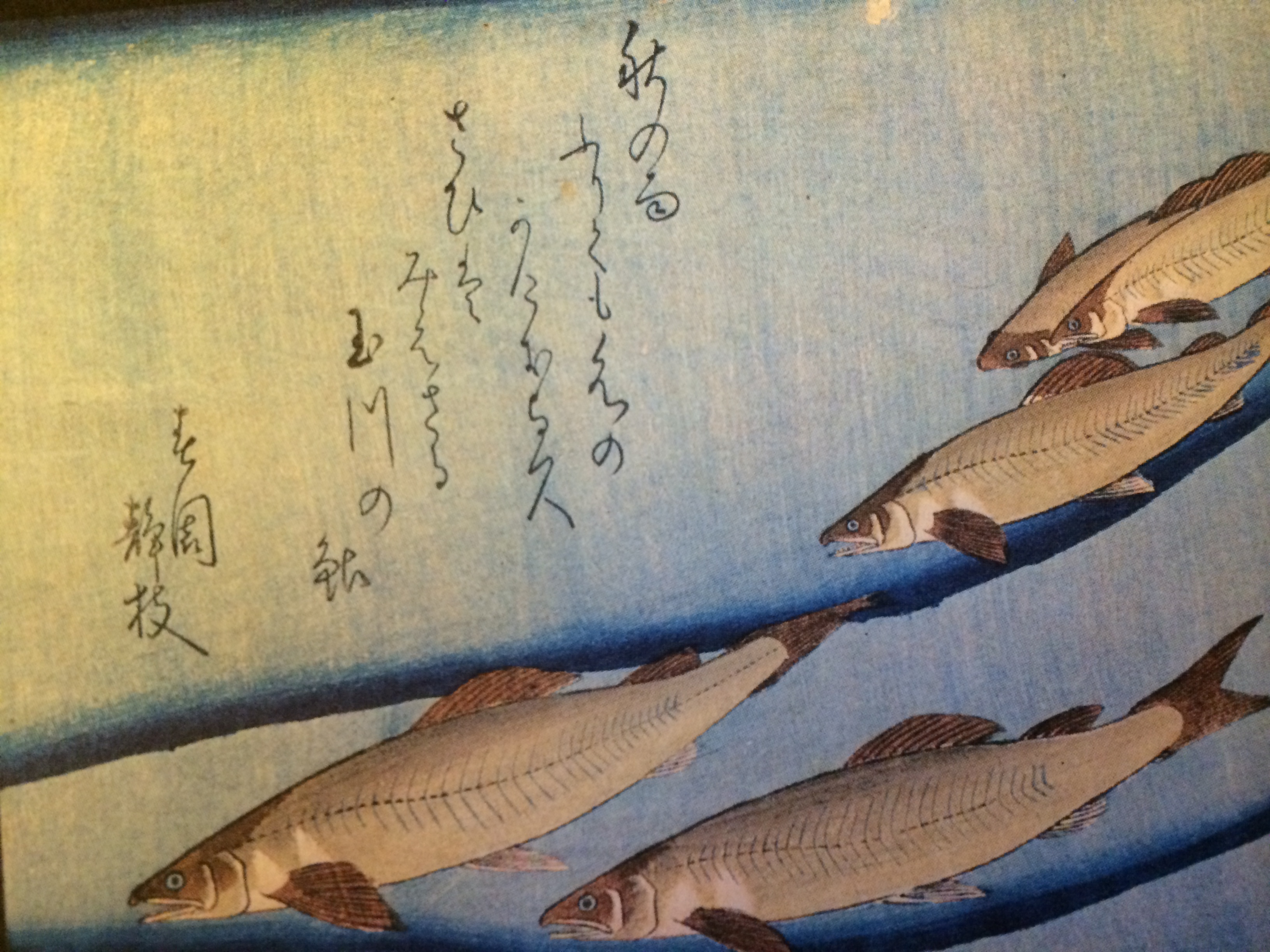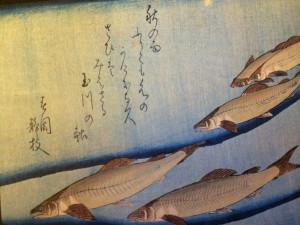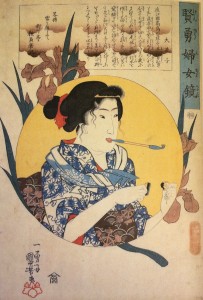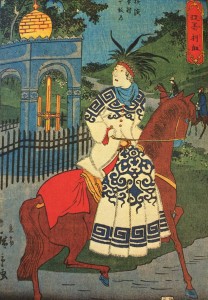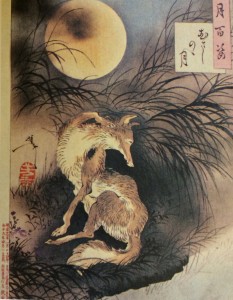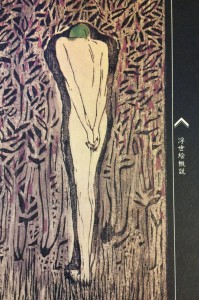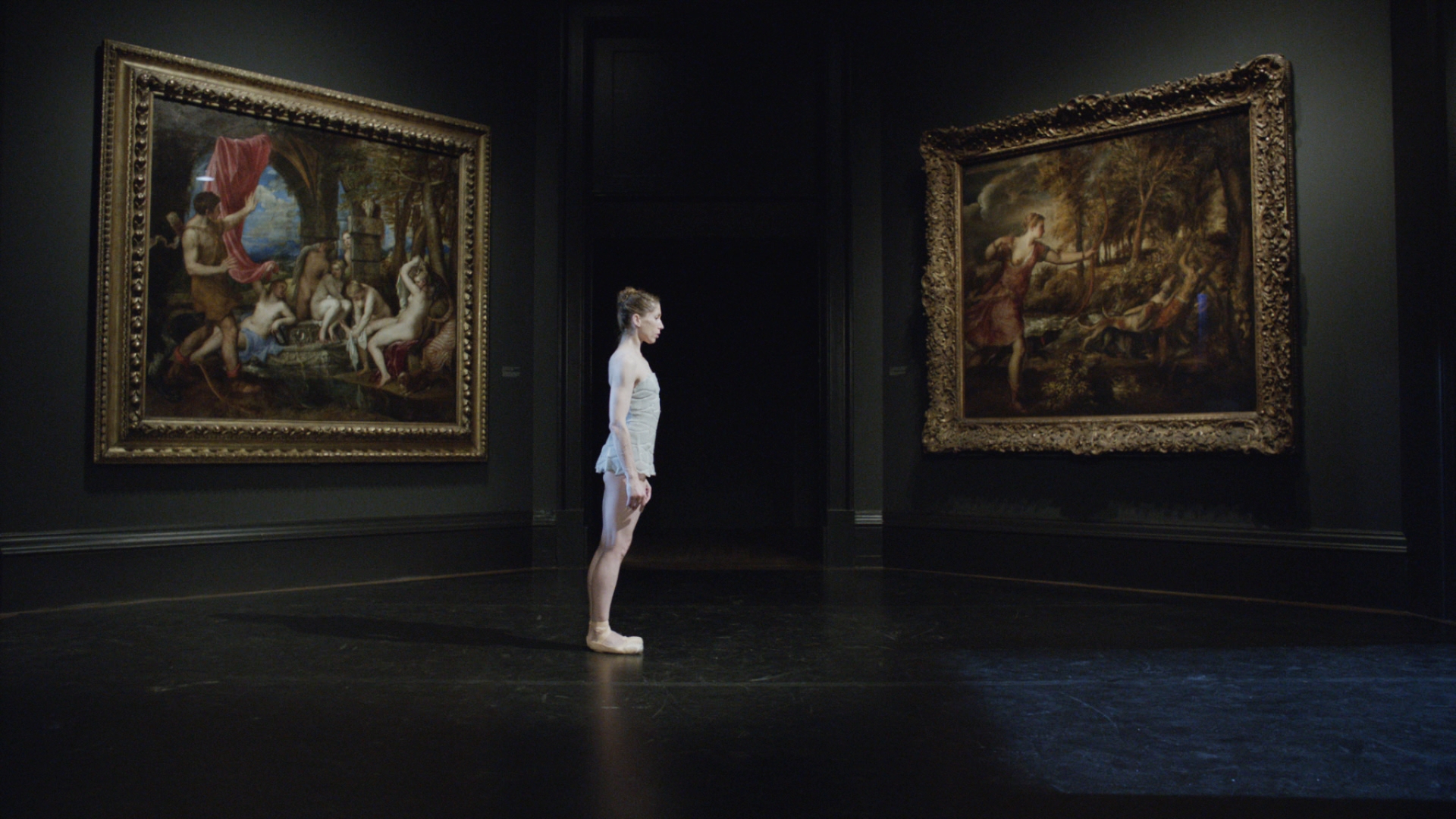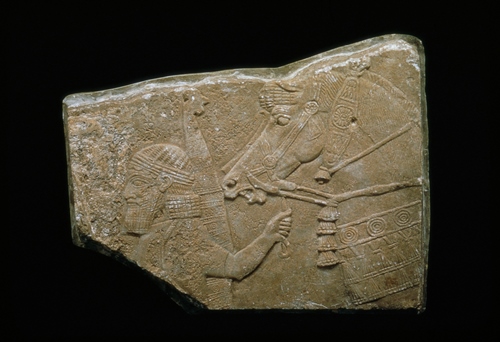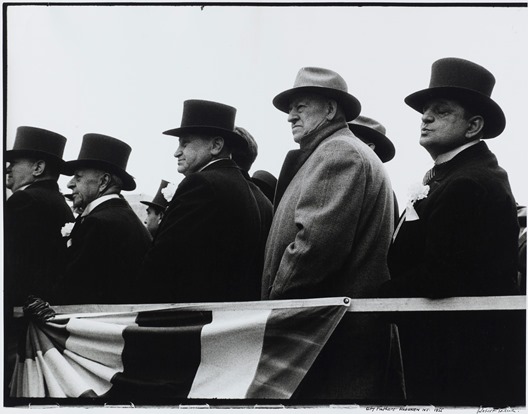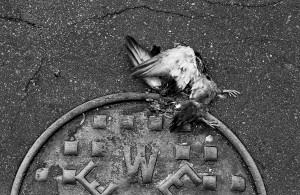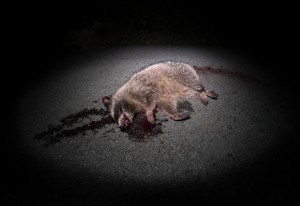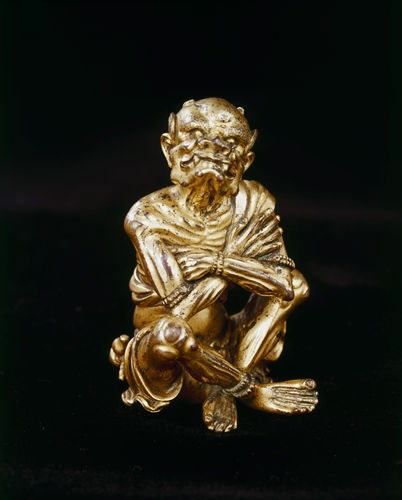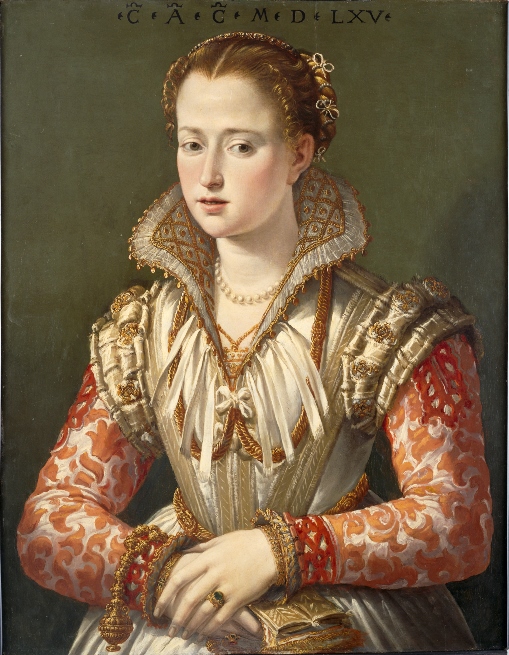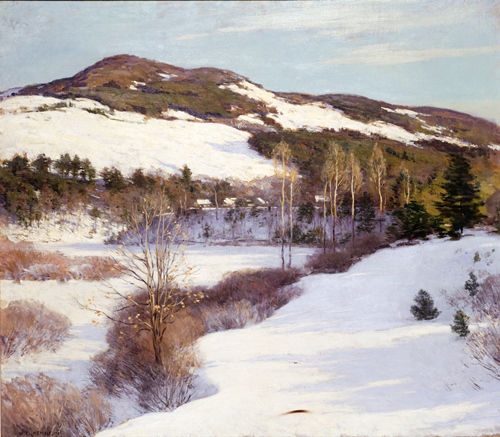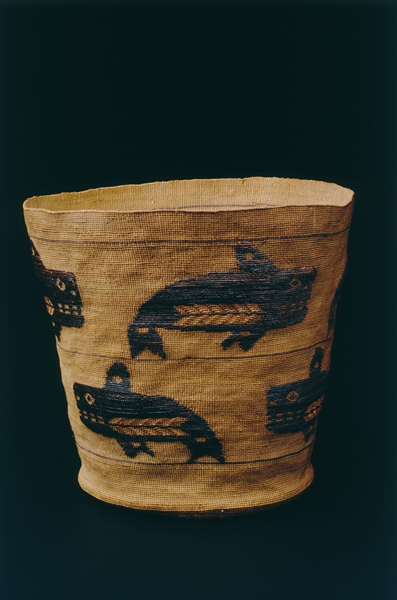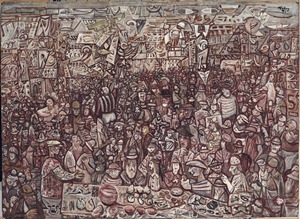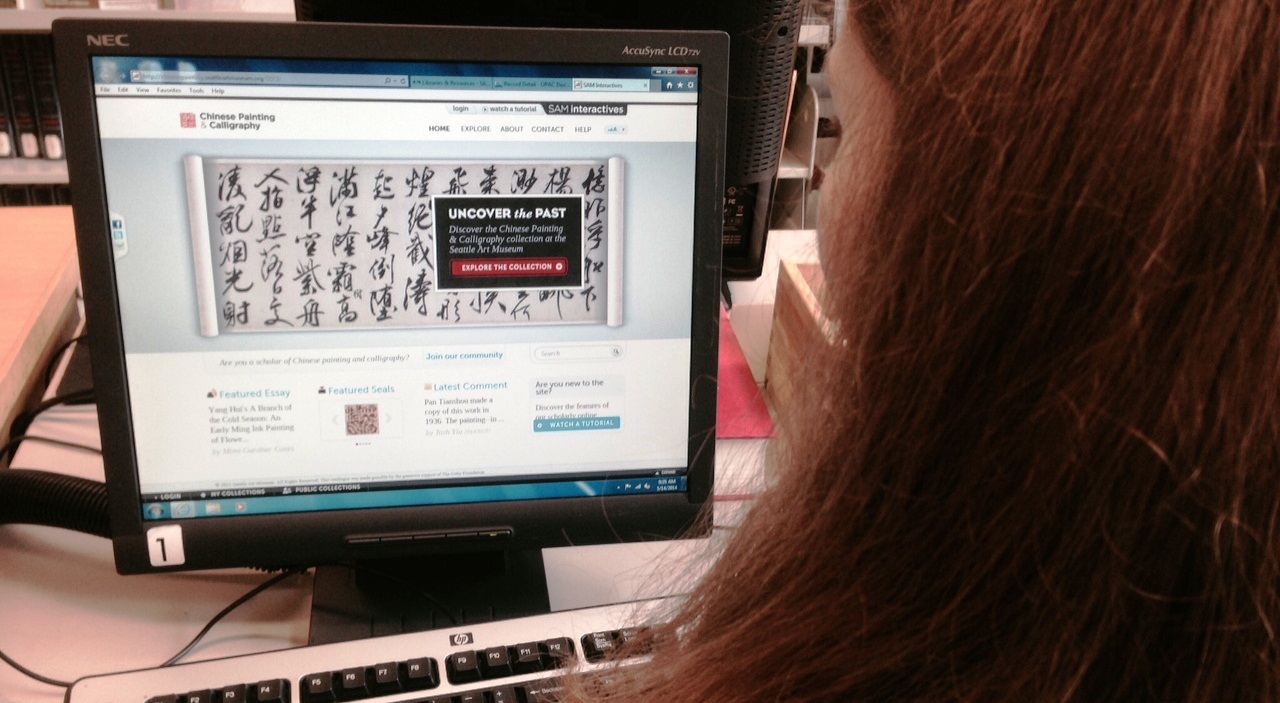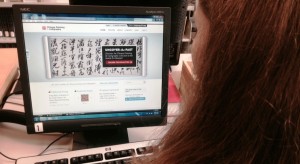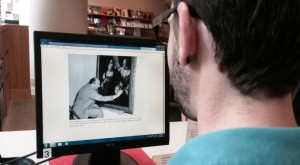Books and catalogues about the collections and exhibitions at the Asian Art Museum are available at the McCaw Foundation Library. The library participates in an exchange program with museum libraries around the world, providing SAM’s exhibition catalogues in return for theirs. Engaging, beautiful, and diverse, each of these catalogues provides a captivating glimpse into the wider world of Asian art. You are invited to visit the McCaw Foundation Library to enjoy these and more resources to expand your knowledge and understanding of Asian art.

Book Cover: Chŏng-hye Pak et al. Celebrating Events with Banquets and Ceremonies in the Joseon Dynasty. Seoul: National Museum of Korea, 2011.
Celebrating Events with Banquets and Ceremonies in the Joseon Dynasty. Chŏng-hye Pak et al. Seoul: National Museum of Korea, 2011.
The National Museum of Korea celebrated its 100th anniversary in 2009 with the exhibition Scenes of Banquets and Ceremonies of the Joseon Dynasty. The Joseon Dynasty ruled over a united Korean Peninsula for more than 500 years, from 1392 through 1910. This catalogue is rich in visual descriptions of the traditional celebratory feasts, or janchi, which were characteristic events of Korea’s Joseon Dynasty. Celebratory rites and festivities of the Joseon royal court, and celebratory customs among the Joseon people and government officials are rendered in beautiful and exacting detail. Images in the catalogue include photographs and drawings of the special clothing worn to various ceremonies, among them a headdress for a first birthday celebration and a wedding veil. The catalogue includes detailed descriptions of the events, and essays that provide cultural detail and context.
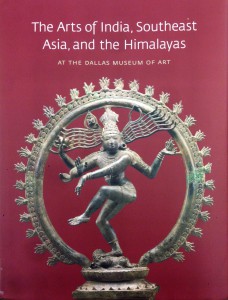
Book Cover: Bromberg, Anne et al. The Arts of India, Southeast Asia, and the Himalayas at the Dallas Museum of Art. Dallas: Dallas Museum of Art, 2013.
The Arts of India, Southeast Asia, and the Himalayas. Bromberg, Anne et al. Dallas: Dallas Museum of Art, 2013.
The Dallas Museum of Art’s collection of South Asian art includes nearly 500 works, including Indian Hindu and Buddhist sculptures, Himalayan Buddhist bronze sculptures and ritual objects, artwork from Southeast Asia, and decorative arts from India’s Mughal period. This book details the cultural and artistic significance of works ranging from Tibetan thangkas and Indian miniature paintings, to stone sculptures and bronzes. Relating these works to one another through interconnecting narratives and cross-references, the text provides a broad cultural history of the region.
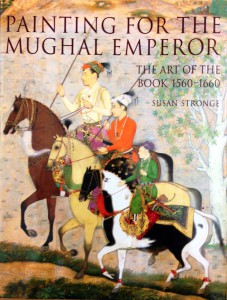
Book Cover: Strong, Susan. Painting for the Mughal Emperor: The Art of the Book 1560-1660. London: Victoria & Albert Museum, 2002.
Painting for the Mughal Emperor: The Art of the Book. Strong, Susan. London: Victoria & Albert Museum, 2002.
A unique blend of Indian, Persian, and Islamic styles, Mughal painting reached its golden age during the reigns of the emperors Akbar, Jahangir, and Shah Jahan in the 16th and 17th centuries. This gloriously illustrated book is the first to examine the Victoria & Albert Museum’s remarkable collection of Mughal paintings. The text contains fascinating research, and images include: elaborately detailed battle scenes, scenes of court life, a remarkable series of portraits, studies of wildlife, and decorative borders.
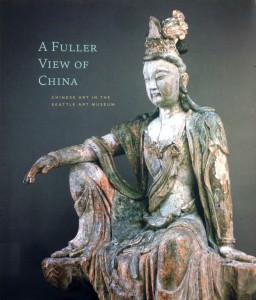
Book Cover: Yiu, Josh. A Fuller View of China: Chinese Art in the Seattle Art Museum. Seattle: Seattle Art Museum, 2014.
A Fuller View of China: Chinese Art in the Seattle Art Museum. Yiu, Josh. Seattle: Seattle Art Museum, 2014.
In 1933, Dr. Richard Fuller founded the Seattle Art Museum and began to exhibit his collection of textiles, porcelain, and Buddhist sculpture. From the beginning, Dr. Fuller’s collection has been particularly rich in Chinese art, notably sculpture; and over time it broadened to encompass a wide variety of art including: Japanese art, Northwest modern art, European and American painting, and decorative arts. This book, written by SAM’s former Foster Foundation Curator of Chinese Art, Josh Yiu, studies the growth of the Chinese art collection, and includes fascinating analysis of single pieces and the collection as a whole. Color plates throughout capture many unique and beautiful pieces that comprise the collection.
The Soul of Anime: Collaborative Creativity and Japan’s Media Success Story. Condry, Ian. Durham, N.C.: Duke University Press, 2013.
The Soul of Anime investigates the rise of anime as a worldwide pop culture sensation. This systematic cultural study was informed by interviews with artists at some of Tokyo’s leading animation studios. It discusses how anime’s fictional characters and worlds become platforms for collaborative creativity, and that it has grown out of a collective social energy. Mostly text, this book takes on a visual phenomenon with eagerness and passion.
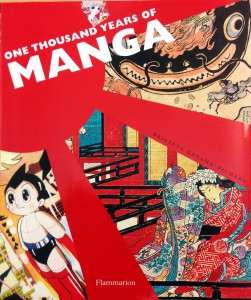
Book Cover: Koyama-Richard, Brigitte. One Thousand Years of Manga. Paris; New York: Flammarion, 2014.
One Thousand Years of Manga. Koyama-Richard, Brigitte. Paris; New York: Flammarion, 2014.
Manga originated in Japan in 1814, gained steam in the 1950s, and continues to evolve in today’s popular culture. Earlier echoes of manga can be seen in centuries-old temple paintings and medieval scrolls. This book is a both a textual account of the history of manga and a visual delight. It contains over 400 illustrations – some rare, some familiar, all charming.
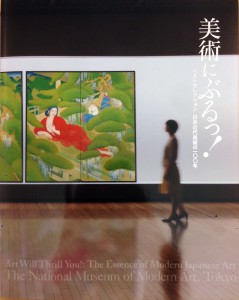
Book Cover: Osaki, Tomohiro. Art Will Thrill You!: The Essence of Modern Japanese Art. Tokyo: The National Museum of Modern Art, 2012.
Art Will Thrill You! The Essence of Modern Japanese Art. Osaki, Tomohiro. Tokyo: The National Museum of Modern Art, 2012.
The National Museum of Modern Art in Tokyo celebrated its 60th anniversary in 2012. To mark the occasion, it presented a major retrospective of its Japanese modern art collection. The emphasis on Japanese art of 1950s showcases pieces that transcend genre boundaries, in a period when artists collaborated in experimentation and mutual development. This book includes text in Japanese, and images of paintings, sculptures, and photographs.
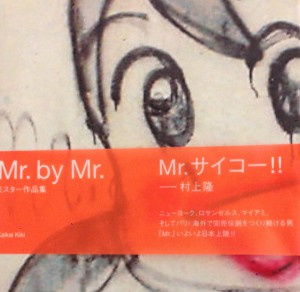
Book Cover: Mr. by Mr. Tokyo: Kaikai Kiki, 2003.
Mr. by Mr. Tokyo: Kaikai Kiki, 2003.
Taking his name from the national baseball superstar Shigeo Nagashima’s alias “Mister,” Mr. began as the protégé of Takashi Murakami, and has worked as an artist for over eight years. Mr.’s works are “Japanese” in their anime-inspired, large-eyed characters and flat color fields. This book is written in Japanese and contains full-color images of painting, and black & white photographs.
– Kate Nack, Library Volunteer, McCaw Foundation Library for Asian Art
